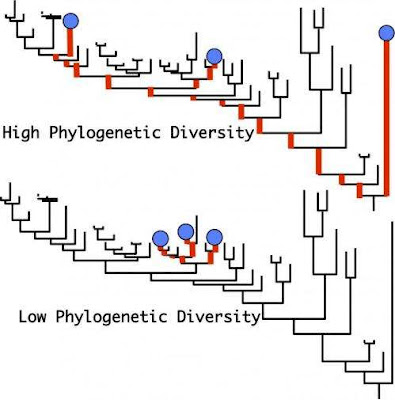Biodiversity is Important
Biodiversity is important. This year, it is much more important for our country. As a result of the conference held in Rio in 1992, the governments signed three major agreements. Of these agreements, the Framework Convention for Climate Change is the agreement we hear the most. The Paris Agreement sets out the principles of implementation of this convention. The Climate Conferences held at the end of each year are actually the Conference of the Parties to this convention. Another agreement signed in Rio is the Convention on Biological Diversity. Similar to climate conferences, biodiversity conferences are also held biennially and the next conference will be held in our country. After the last conference is being held in Kunming, China, our country will assume the responsibility of biodiversity topic globally, and therefore the issue of biodiversity will be on our agenda for the next two years.
Since climate affects our daily life, everybody knows more or less about it. Biodiversity, on the other hand, is a concept that is more difficult to perceive and is not talked about when it exists but comes to the fore when it decreases or disappears. In addition, the change in biodiversity has not started to be seen in the last century like climate change. Humans have been causing species extinction for thousands of years, knowingly or unknowingly. Therefore, the change in biodiversity comes somewhat naturally to us.
And beyond that, there is not a single definition or type of biodiversity. Genetic biodiversity, functional biodiversity, or phylogenetic biodiversity mean different things and each is important in its own way. Understanding the difference and relationships between them is also of great importance in terms of preserving biodiversity.
The most easily understood concept is genetic biodiversity. When a species goes extinct, genetic biodiversity decreases. Although it is possible to bring back species that have disappeared in the past in movies like Jurassic Park, it is almost impossible to recover species except for those that have recently disappeared and whose cells still remain genetically. It is extremely difficult to bring back species such as mammoths that we have lost recently because it is not enough to produce one of these creatures from their cells under laboratory conditions in order to bring them back to life. It is necessary to produce a large number of living things with genetic diversity and ensure that they continue their species, which has not even been tried until now.
Functional biodiversity is a slightly more subtle concept than genetic biodiversity. In fact, we frequently encounter functional biodiversity in our daily lives. Agriculture has been practiced in our country for thousands of years. During the development of agriculture, we produced many types of cereal. While some of them are still being used in agriculture, a significant part of them was either completely forgotten or cultivated only in a small and special area. If the presence of a particular wheat species is genetic biodiversity, the presence of wheat is considered functional biodiversity. Similarly, the presence of large predators is necessary for the African savannas, but if one type of large predator, say lions, were to disappear and leopards were left behind, there would be a species left that would fulfill the function of "large predator". Therefore, functional biodiversity is much more important to us and relatively easy to protect. But please do not conclude that "we can forget about genetic biodiversity then".
Finally, phylogenetic biodiversity reveals how unique a living species is at the evolutionary level. Studies in this area are relatively more difficult than others, because it is necessary to take into account all species that went extinct in the past. For example, the number of pygmy sloths living in Central America has dropped below five hundred, making this species critically endangered. But from an evolutionary point of view, since there are many different types of sloths, even if this pygmy sloth species disappears, it may only take 2 years for nature to replace this species on the evolutionary tree. Of course, this should not be taken to mean the recovery of the same species. Conversely, if elephants were to go extinct, it could similarly take 5 to 7 million years for a large herbivorous mammal to emerge.
In short, it seems wiser to concentrate our conservation efforts on species that are critical in terms of function or phylogenetics, rather than species that are genetically endangered but not so critical in functional or phylogenetic terms. My heart wants all of these species to survive, but if we can protect only a few, let us at least give priority to species that nature will have trouble replacing.



Comments
Post a Comment